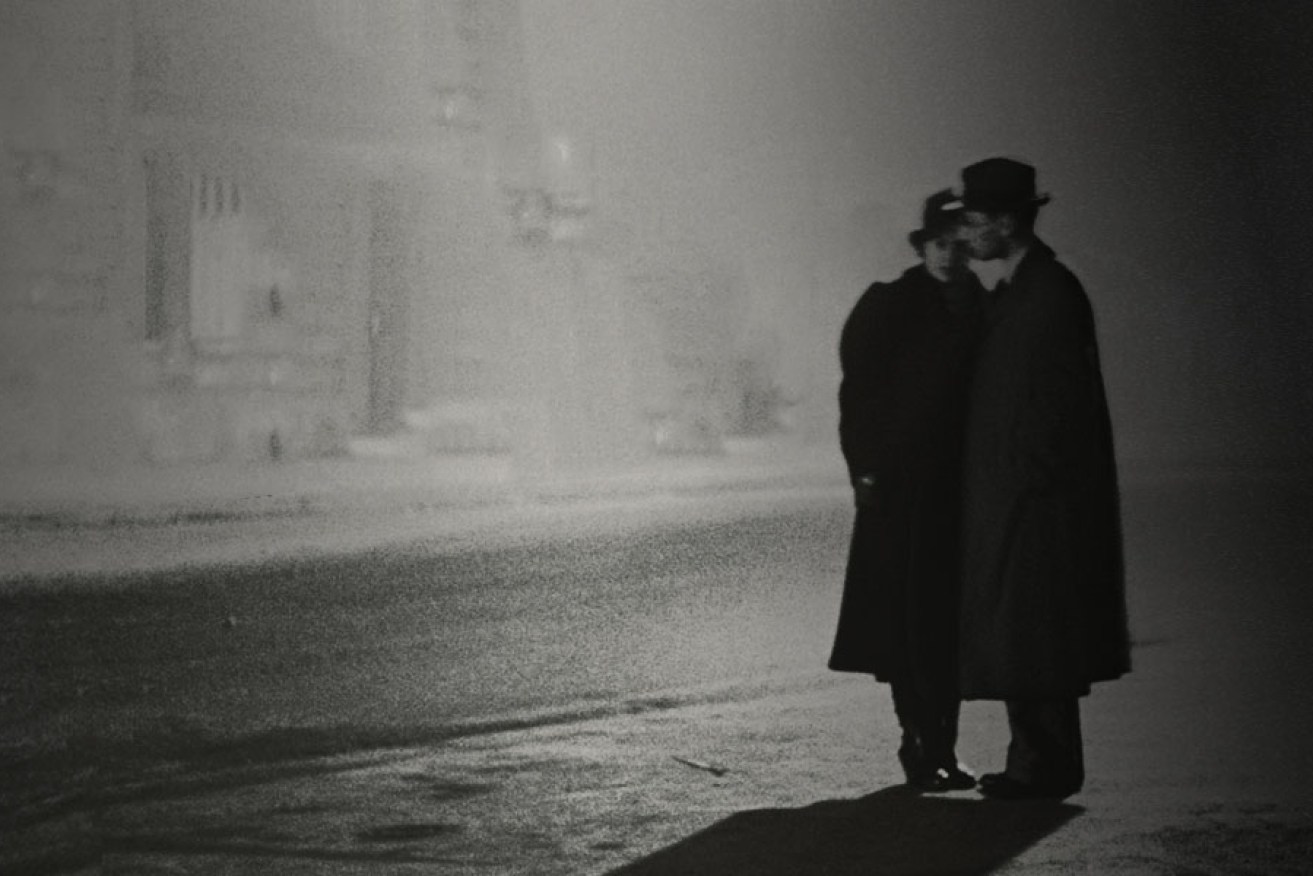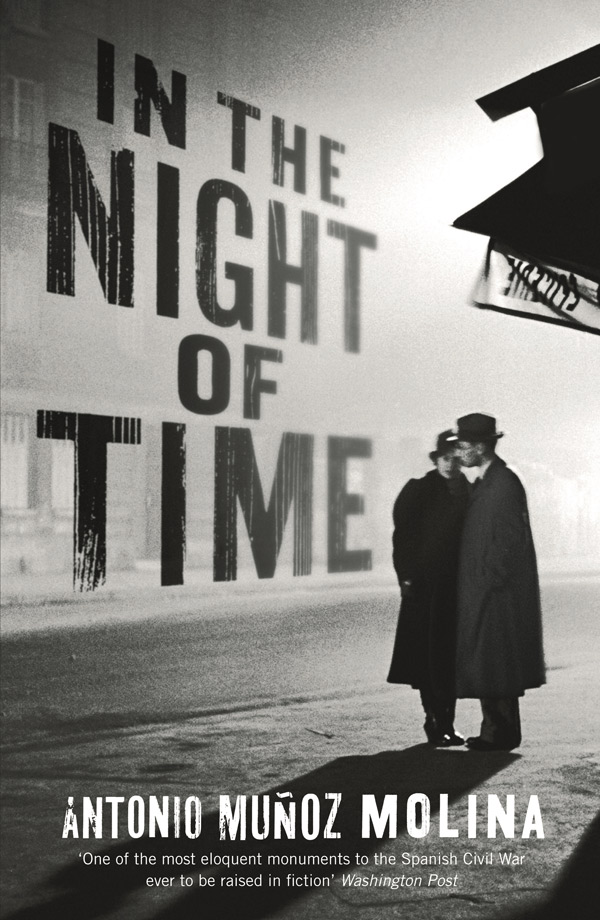In the Night of Time is a monument of a book by Spanish novelist Antonio Munoz Molina.
It takes us into the life and love of architect Ignacio Abel as he engages with the expectations placed on him as an educated son of a building site supervisor, considered working class in most places that matter.
Ignacio has made life complicated for himself by marrying, apparently fatalistically and lovelessly, into a stuffy established family, many members of which actually accept him, but whose tastes in fake heraldry and wet double-cheek kisses he privately despises.
Into this mix, of course (after two complicating agents called children), comes true love and sexual fascination, with stylish, young and free American expatriate Judith, the daughter of emigrant pogrom-fleeing Russian Jews. Wide-hipped (quite a bit is made of this) wife Adela, once tipped for maiden aunt-dom, cannot compete and Ignacio flees to New York and beyond in search of the disappeared Judith.
The blurb of the book emphasises the setting: 1936 in the run-up to the Spanish Civil War. Its best parts are where this theme is exploited, where blood is splashed on the streets and across the pages of this work. We feel the danger as figures from both sides are executed in the streets – Ignacio, too, perhaps?
We feel the madness as machine guns spray from moving cars into food-relief queues, as a blind beggar’s dog is blasted by rifles for no reason other than amusement. We also feel Ignacio’s fear and jealousy as his son is entranced by his fascist uncle, Ignacio’s brother-in-law, and given his hand gun to play with.
These are very powerful moments, but this is not essentially an historical novel. It is a very interior examination of Ignacio’s world.
And it certainly is wordy. There are good reasons why it runs to 640 pages. The first chapter of 18 pages covers 10 minutes of time as Ignacio arrives and catches a train at Penn Station, New York. By the end of that time we do sort of know the character, with his Proustian relapse and remembrance, his tracking back to Spain and the children he left behind, the letter from his resentful wife stuffed in his shirt pocket. There are five pages on his architectural ideas for a new university suburb in outer Madrid, then a two-page description of a room.
Molina specialises in six-page paragraphs with no dialogue – a solid wall of print. Sometimes within these bodies of writing there are shifts of scene and changes of point of view, rendering them arguably not paragraphs at all.
And the effect of all this wordage is ultimately intellectual and shadowy; the character remains vague for 150 pages. Then suddenly we get all his motivation and resentment dished up in three pages. It did help, but I got the feeling that the author gulped out the personal stuff with a kind of relief that it was all over; he could now return to his own indulgences.
There are several pages of internals from an abruptly introduced new character called Moreno Villa, who lists his resentments of more successful contemporaries Jiminez, Lorca, Dali, Picasso, Bunuel, etc, then disappears for 150 pages – an abrupt burst of literary/artistic name-dropping which bore no impact on any other part of the novel.
There are more curious structural dips from Molina. He writes in third-person subjective variable point of view for all the dominant flashback sections. Same thing for the now sections, except that from time to time the narrative is obtruded by an unknown first person who appears to be looking back on events: “I see him now …” referring to Ignacio. The narrative then slips back to a regular third-person feel, then up pops this first person again 50 or so pages later, with a similar three or four-word reference. The identity of this interjector is never revealed, nor the viewpoint of the character explored.
Throughout, I never really understood why Judith loved our central character. We perhaps get to know her better in the last section of about 60 pages, but by then it is too late. One is vaguely interested in how it will work out, but not very.
Munoz Molina has more than 10 novels published in Spain; this one could only emerge from an author who had already achieved a strong following.
In the Night of Time feels like an attempt to create a work of the early 20th-century era: Proust, Joyce – oceanic introspection. But in this novel the ground shifts constantly and the plot is motionless. Its wordiness stifles what vision there is; much is told and little dramatised. He overlooks “less is more” in favour of something that comes across as a pretence of weightiness.






